How To Set Up Indoor Security Cameras ?
To set up indoor security cameras, first, choose the location where you want to install the camera. Then, mount the camera on the wall or ceiling using screws or adhesive tape. Next, connect the camera to a power source and to your home Wi-Fi network. You may need to download an app or software to your smartphone or computer to access the camera's live feed and recordings. Finally, adjust the camera's settings, such as motion detection sensitivity and recording duration, to suit your needs. It's important to ensure that the camera is positioned to capture the desired area and that it is not obstructed by any objects. Additionally, make sure to secure your Wi-Fi network with a strong password to prevent unauthorized access to your camera's feed.
1、 Camera Placement: Optimal positioning for maximum coverage and visibility.
Camera Placement: Optimal positioning for maximum coverage and visibility.
When setting up indoor security cameras, it is important to consider the optimal placement for maximum coverage and visibility. Here are some tips to help you get the most out of your indoor security cameras:
1. Identify high-risk areas: Start by identifying the areas in your home that are most vulnerable to break-ins or theft. These may include entry points such as doors and windows, as well as areas where valuable items are kept.
2. Choose the right camera: Select a camera that is appropriate for the size of the room and the level of detail you require. For example, a wide-angle camera may be suitable for a large living room, while a high-resolution camera may be necessary for a small room with valuable items.
3. Mount the camera at the right height: The camera should be mounted at a height that provides a clear view of the area you want to monitor. For example, a camera mounted too high may not capture the faces of intruders, while a camera mounted too low may be obstructed by furniture.
4. Avoid glare and reflections: Position the camera away from windows or other sources of bright light to avoid glare and reflections that can interfere with the image quality.
5. Consider privacy concerns: Be mindful of the privacy of family members and guests when positioning cameras. Avoid placing cameras in areas such as bedrooms or bathrooms.
In addition to these tips, it is important to stay up-to-date with the latest advancements in indoor security camera technology. For example, some cameras now offer facial recognition and motion detection features that can help to improve security and reduce false alarms. By following these guidelines and staying informed about the latest technology, you can set up indoor security cameras that provide maximum coverage and visibility for your home.
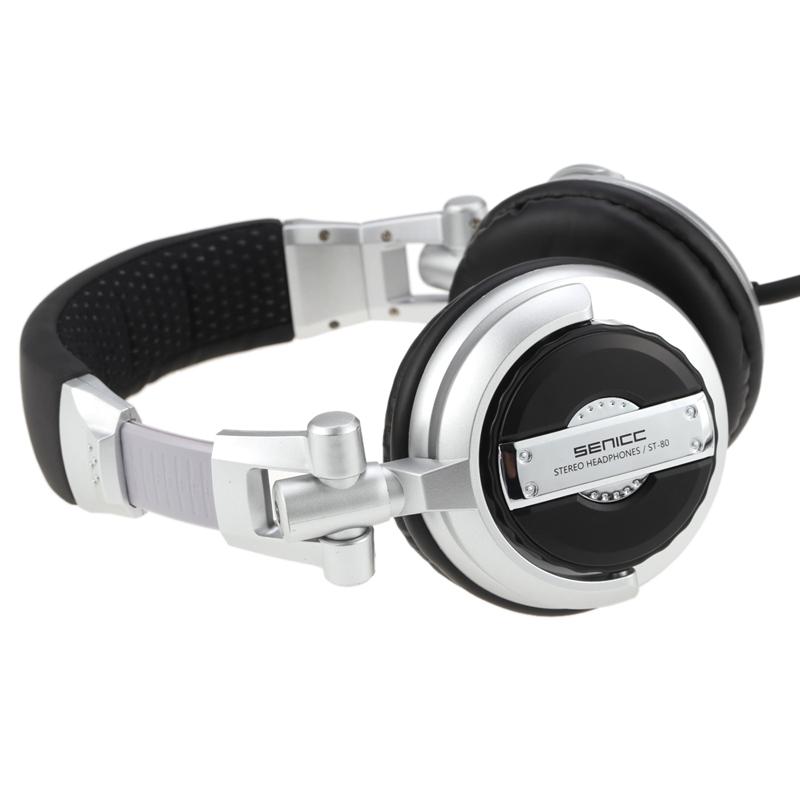
2、 Connectivity: Establishing a reliable network connection for seamless monitoring.
How to set up indoor security cameras is a common question among homeowners and business owners who want to ensure the safety and security of their property. One of the most important aspects of setting up indoor security cameras is establishing a reliable network connection for seamless monitoring.
To establish a reliable network connection, it is important to choose the right type of camera and network equipment. Wired cameras are more reliable than wireless cameras, as they do not rely on Wi-Fi signals that can be disrupted by interference or distance. However, wireless cameras are more convenient and easier to install.
Once you have chosen the right type of camera, you need to ensure that your network equipment is up to par. This includes your router, modem, and any other networking devices that you may have. Make sure that your equipment is compatible with your camera and that it can handle the bandwidth required for streaming video.
Next, you need to configure your camera and network settings. This includes setting up your camera's IP address, port forwarding, and any other settings that may be required for remote access. You may also need to set up a dynamic DNS service to ensure that you can access your camera from anywhere.
Finally, you need to test your camera and network connection to ensure that everything is working properly. This includes testing your camera's video quality, motion detection, and remote access. If you encounter any issues, you may need to troubleshoot your network settings or contact your camera manufacturer for support.
In conclusion, establishing a reliable network connection is crucial for setting up indoor security cameras. By choosing the right type of camera, network equipment, and configuring your settings properly, you can ensure seamless monitoring of your property. With the latest advancements in technology, indoor security cameras have become more accessible and affordable, making it easier for homeowners and business owners to protect their property.

3、 Power Source: Determining the best power supply option for continuous operation.
How to set up indoor security cameras is a common question among homeowners and business owners who want to keep their properties safe and secure. The first step in setting up indoor security cameras is to determine the best power supply option for continuous operation.
There are two main power supply options for indoor security cameras: wired and wireless. Wired cameras require a power source and a data cable to transmit the video feed to a recording device or monitor. Wireless cameras, on the other hand, can be powered by batteries or a power adapter and transmit the video feed wirelessly to a recording device or monitor.
Determining the best power supply option for your indoor security cameras depends on several factors, including the location of the cameras, the length of time you want them to operate, and your budget. Wired cameras are typically more reliable and offer better video quality, but they require professional installation and can be more expensive. Wireless cameras are easier to install and can be more affordable, but they may not offer the same level of reliability and video quality as wired cameras.
In recent years, there has been a trend towards using wireless cameras with rechargeable batteries as a power source. This option offers the convenience of wireless installation with the reliability of continuous operation. However, it is important to note that battery life can vary depending on usage and environmental factors.
In conclusion, determining the best power supply option for indoor security cameras is an important step in setting up a reliable and effective security system. Consider the location of the cameras, the length of time you want them to operate, and your budget when making your decision. The latest trend is towards wireless cameras with rechargeable batteries, but wired cameras may still be the best option for some situations.
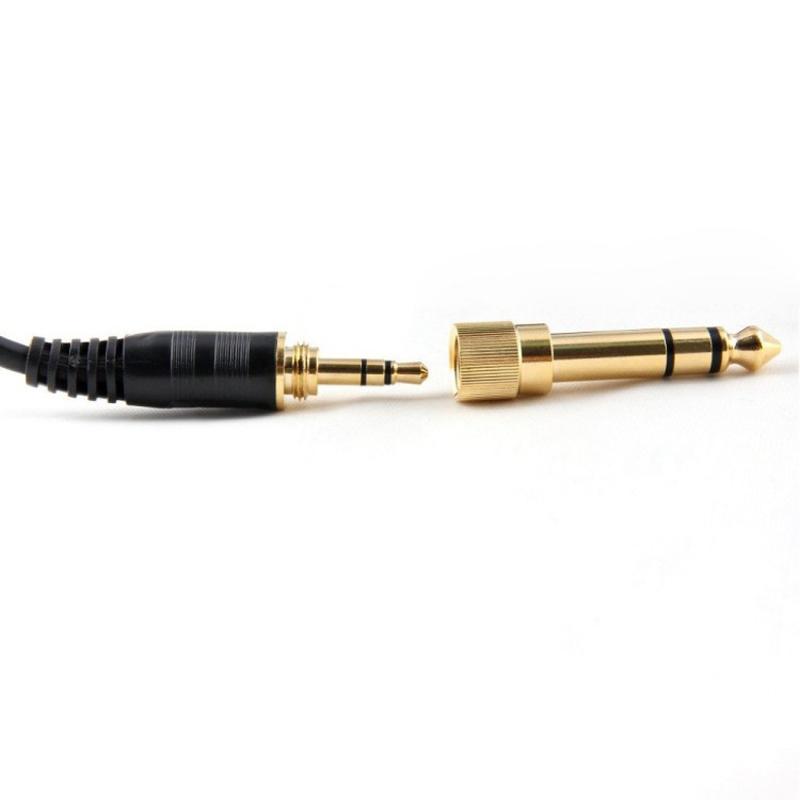
4、 Storage and Recording: Selecting appropriate storage solutions for video footage.
Storage and Recording: Selecting appropriate storage solutions for video footage.
When setting up indoor security cameras, it is important to consider the storage and recording solutions for the video footage. There are several options available, including cloud storage, local storage, and network-attached storage (NAS).
Cloud storage is becoming increasingly popular as it allows for easy access to footage from anywhere with an internet connection. However, it is important to ensure that the cloud storage provider has strong security measures in place to protect the footage from unauthorized access.
Local storage, such as a hard drive or SD card, is a more traditional option. This allows for easy access to footage without relying on an internet connection. However, it is important to regularly back up the footage to prevent loss in case of hardware failure.
NAS is a more advanced option that allows for centralized storage and management of footage from multiple cameras. This can be a good option for larger properties or businesses with multiple locations. However, it requires more technical knowledge to set up and maintain.
It is important to consider the amount of footage that will be recorded and the resolution of the cameras when selecting a storage solution. Higher resolution footage will require more storage space, so it may be necessary to invest in larger storage solutions.
Overall, selecting the appropriate storage and recording solutions for indoor security cameras is crucial for ensuring the safety and security of your property. It is important to weigh the pros and cons of each option and choose the one that best fits your needs and budget.
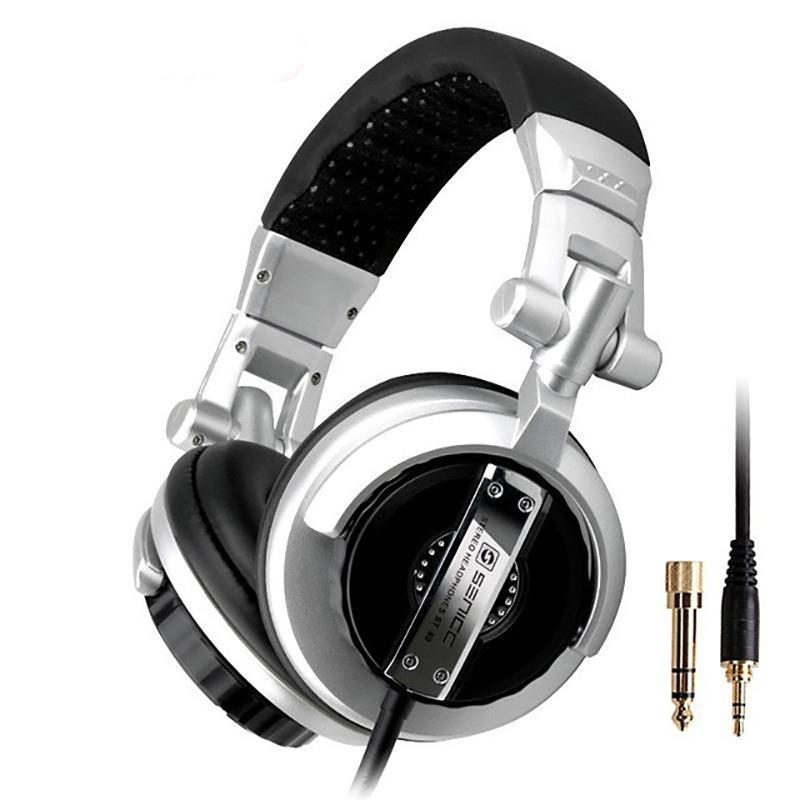

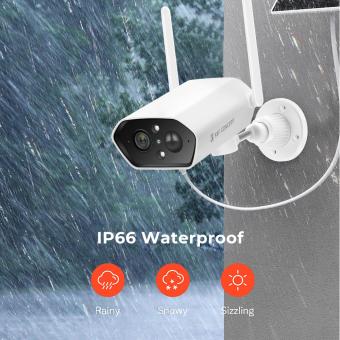
















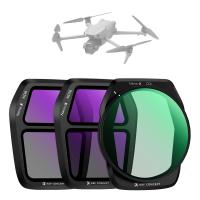

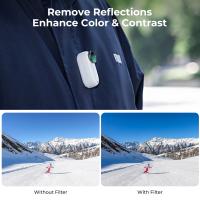

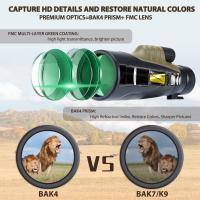
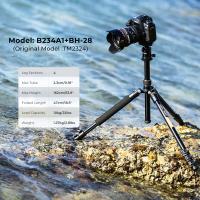
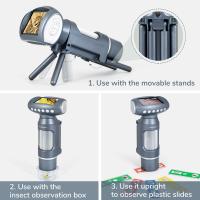
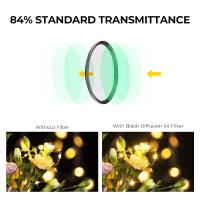


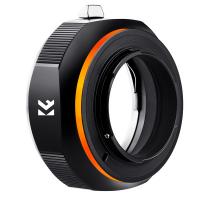
There are no comments for this blog.